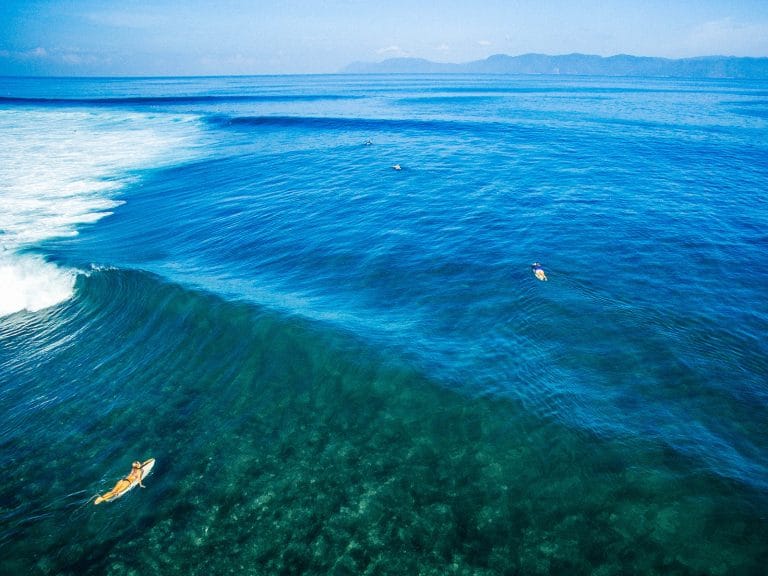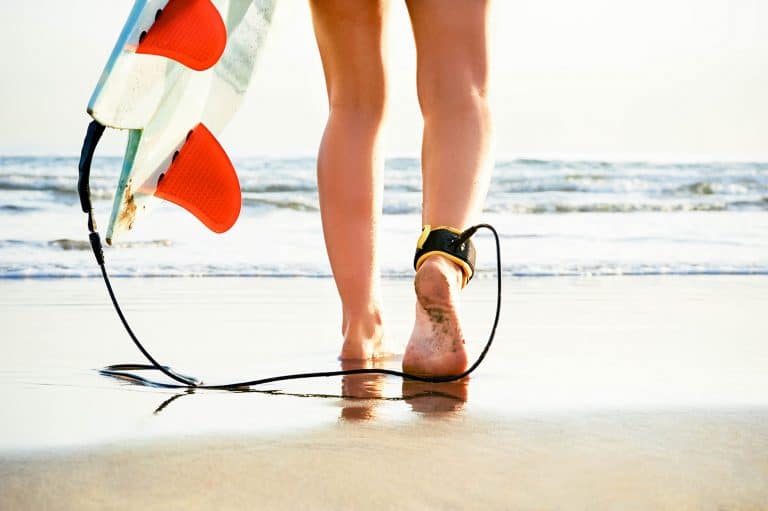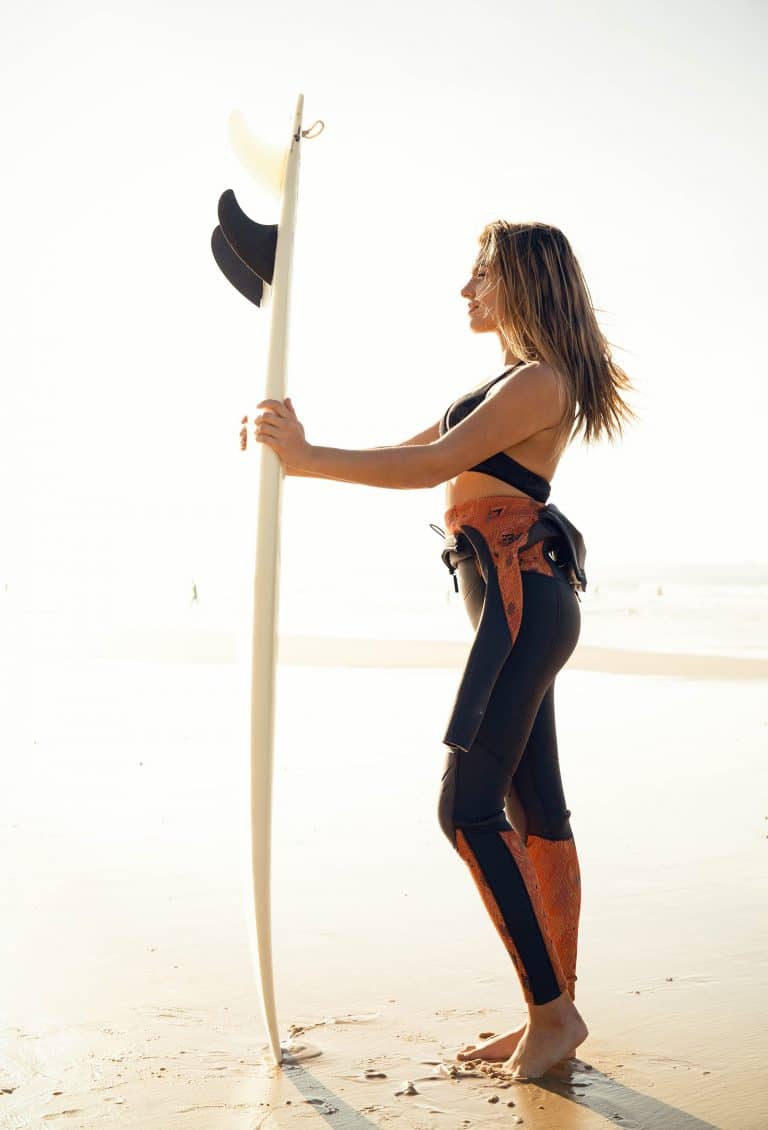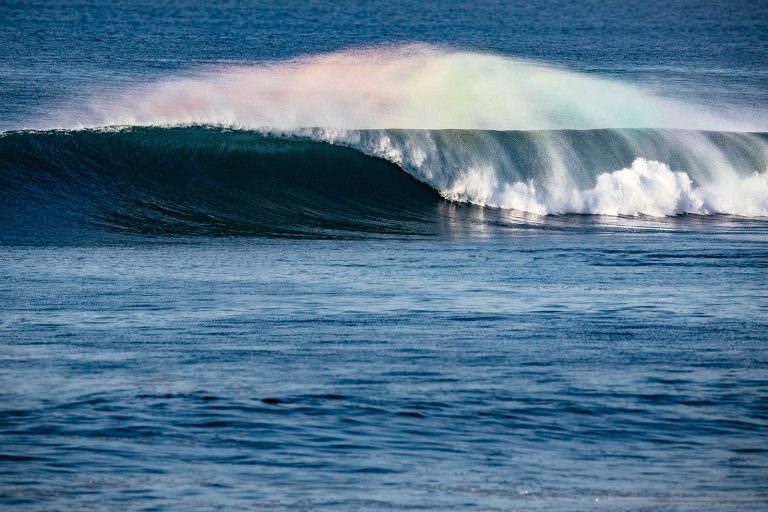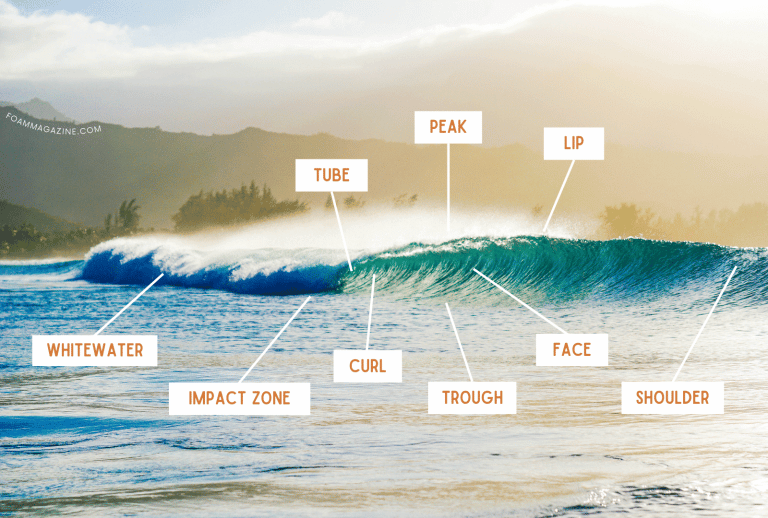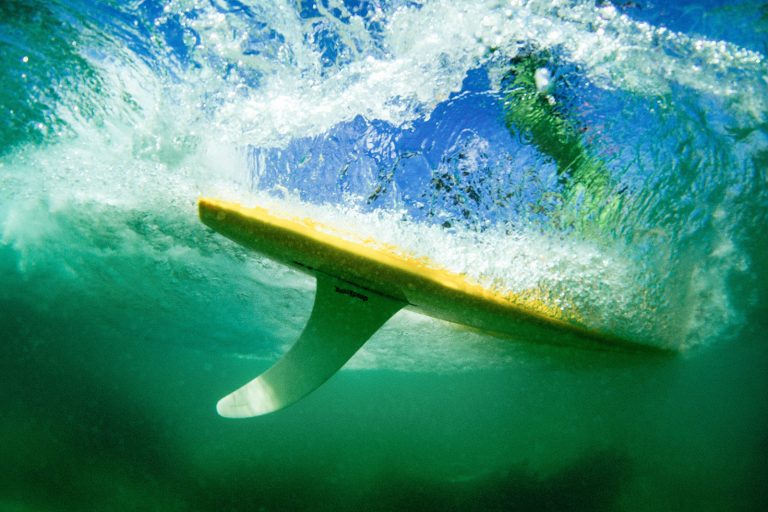The Difference Between Soft Rails vs. Hard Rails on a Surfboard
Rails are the edges of your surfboard—the parts you grab onto. Since they run the entire length of your board from the nose to the tail, they play a key part in the board’s performance: how fast it glides, how it paddles, how it floats, and how it turns in the water.
The shape of the surfboard rails determines how the water will move around the board when you’re on the wave.
Rails are generally categorized as soft rails or hard rails, but these shapes can be further refined into full or tapered profiles. It’s not uncommon to have a full soft rail, tapered soft rail, full hard rail, or tapered hard rail on a surfboard.
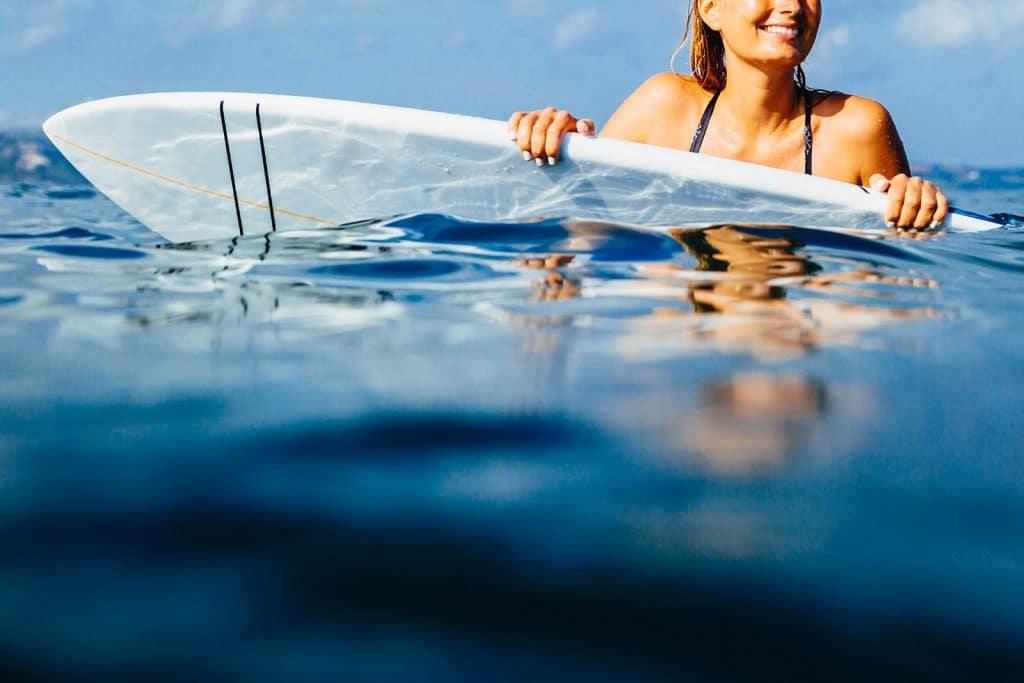
So what does that mean?
The more full the rail is, the more buoyancy it has. This extra float gives stability when paddling and is generally more forgiving because it’s less responsive to the rider (meaning, you can probably make mistakes and not go tumbling through the washing machine).
The more tapered the rail is, the more you’re able to sink your board into the water for quick turning or surfing rail to rail. This responsiveness makes tapered rails less forgiving, especially for beginners who might accidentally dip a rail into the water when they didn’t mean to.
Rails don’t have to be just one or the other though. Most surfboards have rails that are thinner at the nose and tail and thicker in the center, giving you the best of both worlds: turning ability and flotation.
Beyond that, the hydrodynamics of rails are also influenced by the rail foil (the volume of the rail and how that volume is distributed).
Let’s dive in so you can see what I’m talking about!
Soft rails
When rails are described as soft, it refers to the aggressiveness of their curve—in this case, not very aggressive at all.
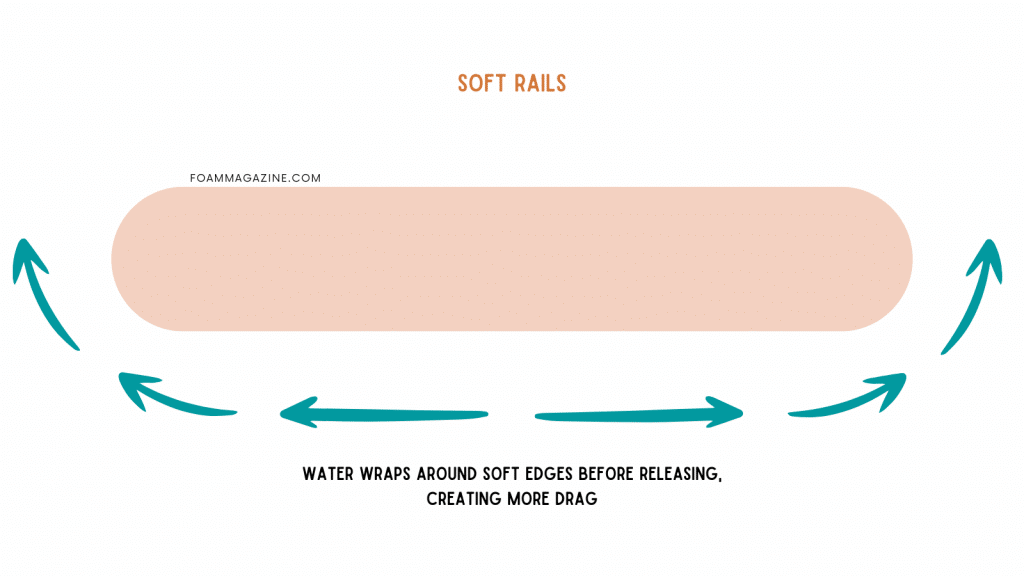
Soft rails are more rounded in shape, like a wide oval. The curve is smooth and gentle, allowing the water to wrap around the surfboard when you’re riding it.
This rounded direction of water flow makes soft rails less responsive to a rider’s movements, which is ideal for beginners or longboarders who want stability as they make a turn or ride down a wave face. Of course, this also means you won’t be able to turn as sharply or quickly as someone riding a board with hard rails.
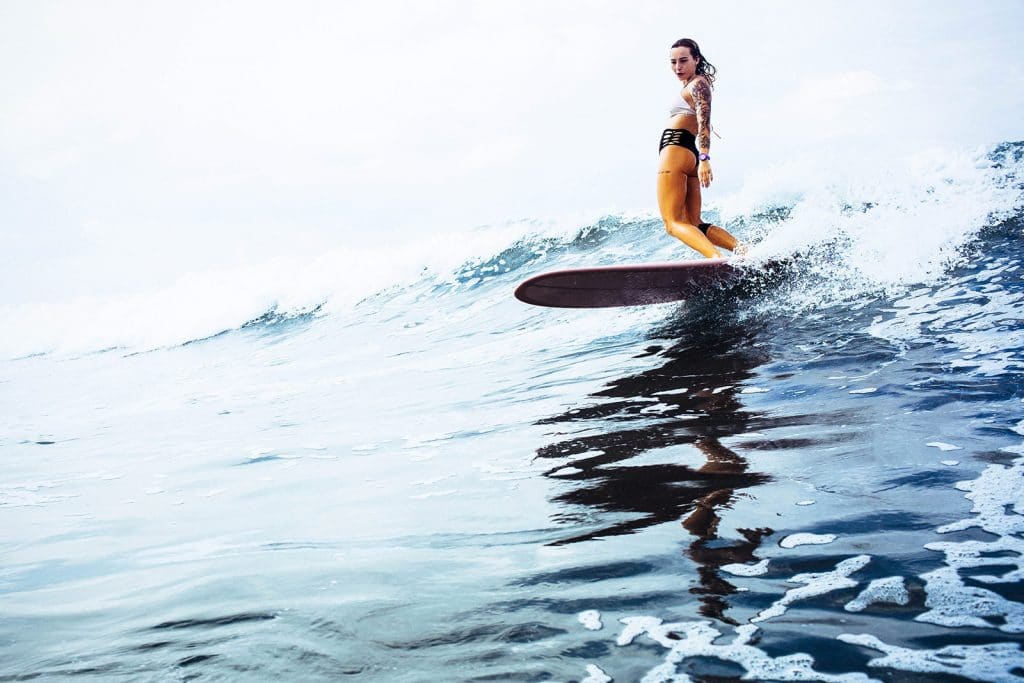
Soft rails perform best in smaller surf, gutless waves, and on longboards and midrange boards.
With soft rails, you get:
- More buoyancy, which makes it easier to catch waves (especially smaller waves).
- Extra stability to help you hone in on your balance and keep your board from pivoting uncontrollably when you’re making a turn.
- More drive coming out of turns, as the board can push through the water more easily to help you ride over slow or mushy sections of a wave (so you don’t fall behind in the whitewash).
Hard rails
On hard rails, the angle of the curvature is sharp and aggressive. Hard rails have a more defined edge at a certain point around the curve of the rail toward the bottom of the board.
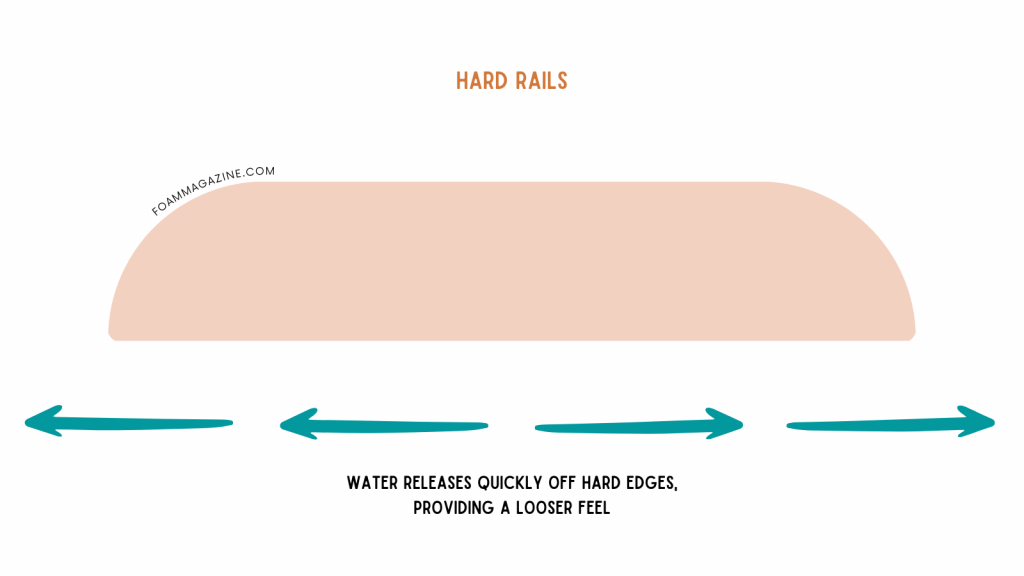
Water flowing underneath sheds quickly off the edges, which helps maintain speed. The hard rails cut through water like a knife (because there’s less drag) and aid the fins in turning the board, making them very responsive.
Hard rails are typically found on higher-performance surfboards and excel in steeper or more powerful waves.
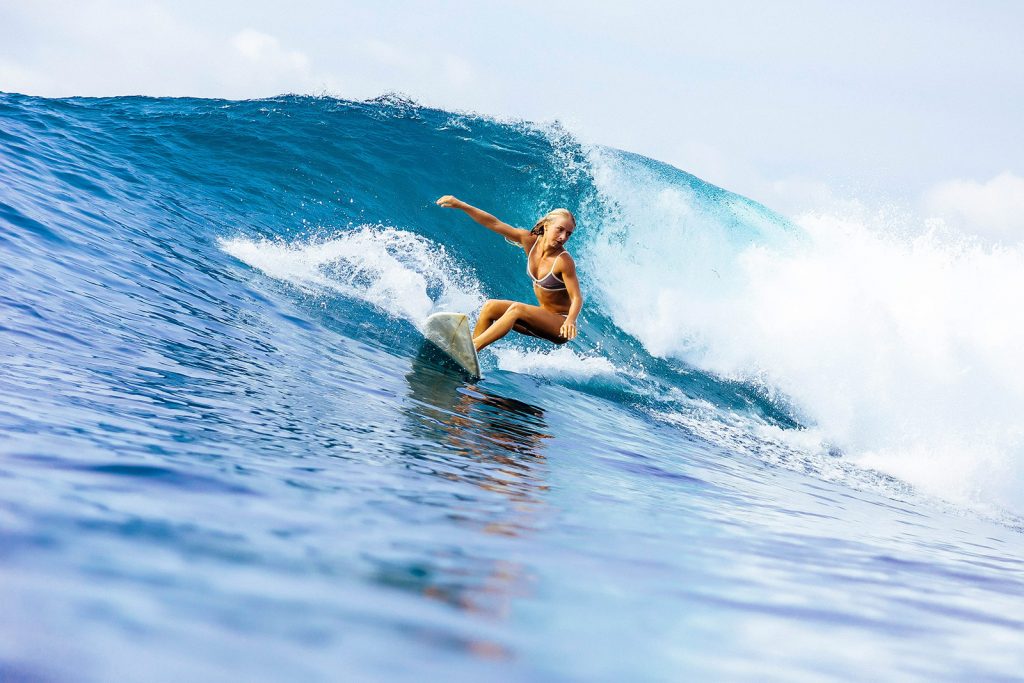
With hard rails, you get:
- Less drag and faster transitions from edge to edge when you shift your weight to maneuver the board.
- Quicker and easier turns since the rail can really slice into the wave face.
- More hold in steep, critical waves as the sharp edges sink down in the water and “bite” into the face.
The rail foil
The thickness of the rail—known as volume—isn’t always evenly distributed through the rail. This variation in how it’s distributed between the top half and bottom half of a surfboard is called the rail foil, and it’s another factor in how hard rails and soft rails are shaped.
If you look at the rails in profile view, you’ll notice that the apex of the curve falls differently on different boards. The apex might be right in the middle, just below the midpoint, or near the bottom.
Here’s what I mean:
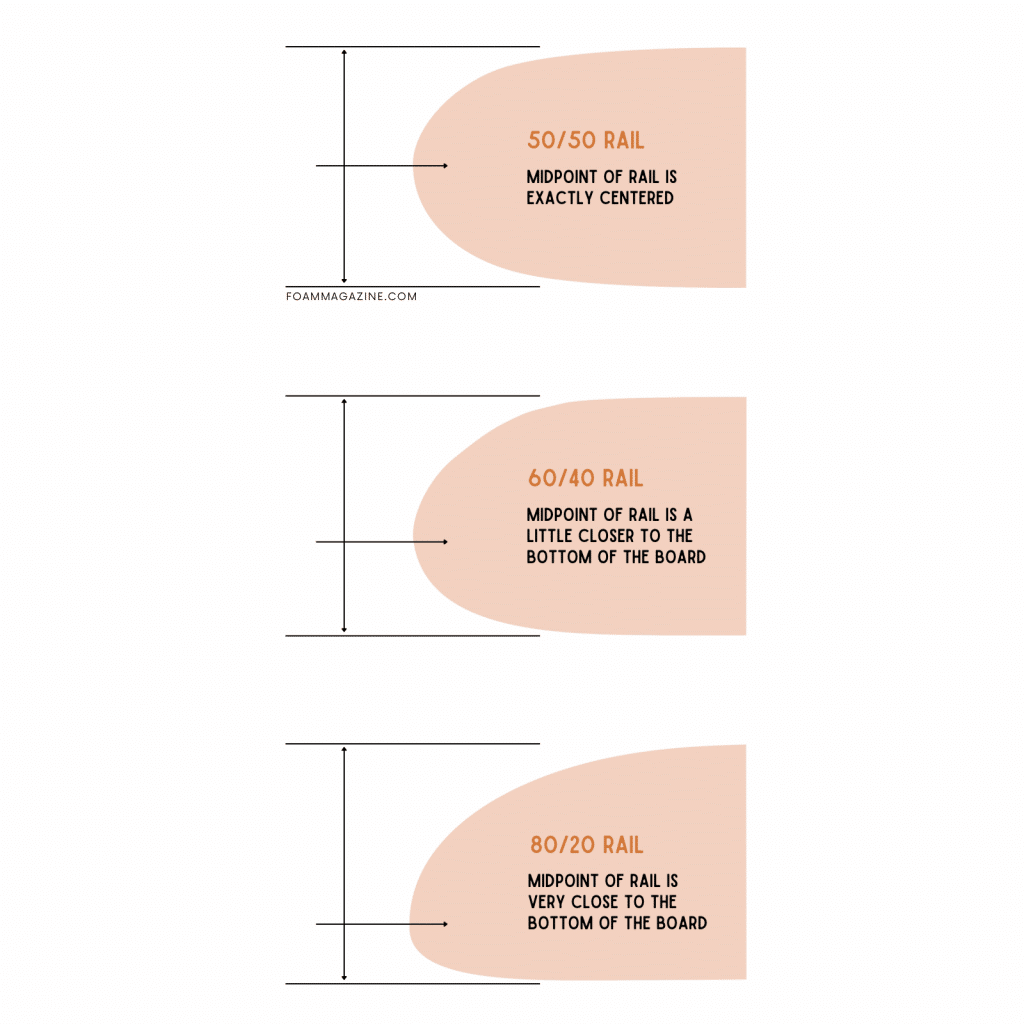
The most common rail foils are 50/50, 60/40, and 80/20, which refer to where the apex of the rail is around the curve.
50/50 rails are evenly distributed on both the top half and bottom half, and the apex of the curve is exactly in the middle. They’re stable and buoyant, good for almost all conditions, and are traditionally found on longboards, beginner boards, and other boards with soft rails.
60/40 rails can be found on both soft rails and hard rails, and provide a good blend of stability and agility (particularly in clean, steeper waves). These are common in fish and funshape boards that combine ease of turning with easy balancing and paddling. The apex of a 60/40 rail will be 60 percent of the way down the rail.
80/20 rails have their midpoint 80 percent of the way down the rail. This type of rail is generally found on shortboards and other high-performance surfboards that incorporate a hard rail closer to the tail. Because the apex is so far down, it creates a sharp edge that allows the board to dig deep into the water and hold steady in big waves.
Can a surfboard have both soft and hard rails?
Since each type of rail has its shortcomings, many surfboards (from shortboards to longboards) have a blend of soft and hard rails to provide the perfect balance of maneuverability and buoyancy. They usually have soft rails from the nose through the middle of the board before blending into hard rails through the tail.
If you’re getting a custom surfboard made and you don’t know what type of rail to get, a good compromise is to ask for medium rails. A surfboard with medium rails is suitable for all conditions and all surfers—a great all-rounder. You’ll get speed and turning ability without sacrificing stability.
What else affects the performance of your board? All the parts, actually! Here’s a simple explanation of your surfboard’s anatomy and what those specific parts do.

